Far from basic, these sweet, stuffed flatbreads are best hot off the tawa
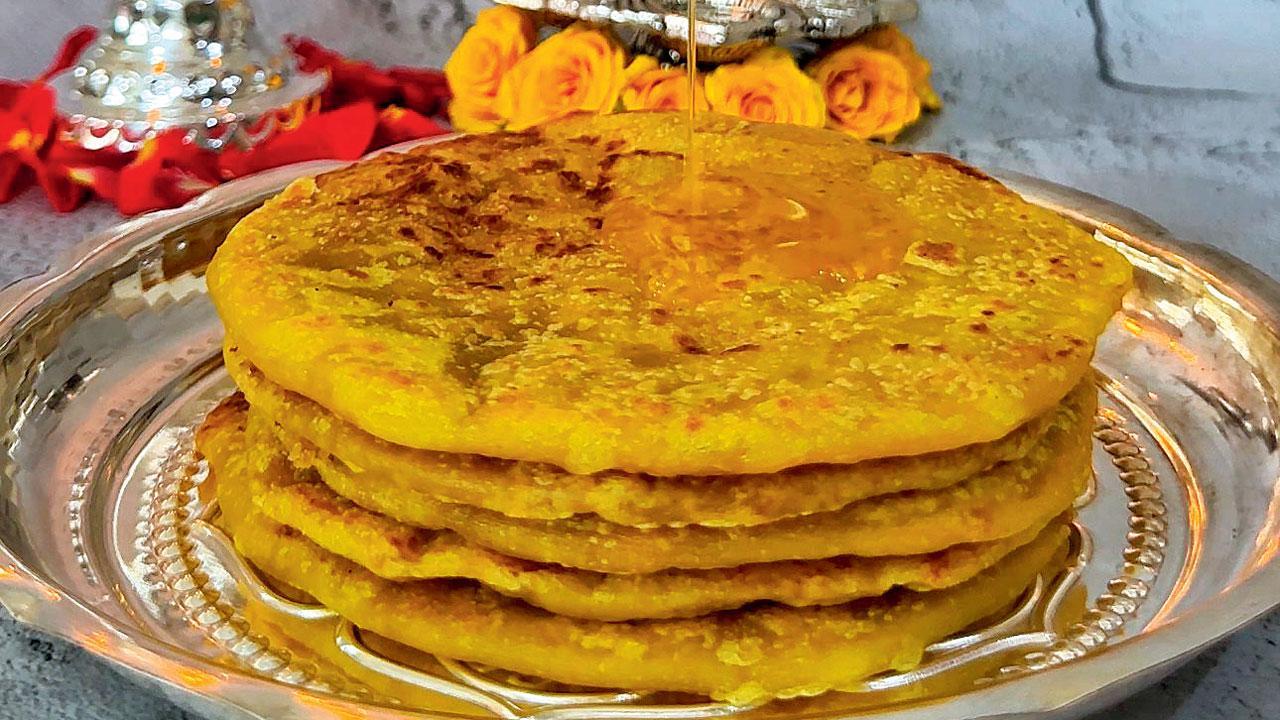
Obbattus are made in two varieties: a chana-dal variety that also contains jaggery, pictured here, and a version with a filling of grated coconut
A week ago, when a colleague brought a platter of obbattus—Karnataka’s version of puran polis—to the office, we polished them off in no time. Sweet and paper-thin, folded into quarters, they came in four fillings: Carrot, coconut, mawa, and pineapple, and were an interesting variation of the Maharashtrian puran poli. That made us curious to investigate their delicious origins and go on a quest to find some more.
ADVERTISEMENT
“Obbattus are a speciality on any festive occasion—Ugadi, Ganesh Chaturthi, Diwali, or Varamahalakshmi,” says Rajani Nagesh, a home chef from Mysuru, Karnataka who recalls waiting in queue with the other grandchildren on festive occasions, competing for a fresh, steaming puran poli or obbattu to be doled out from their grandmother’s stove. “I once tried to help my mother make an obbattu when I was six. It was a disaster,” she laughs.
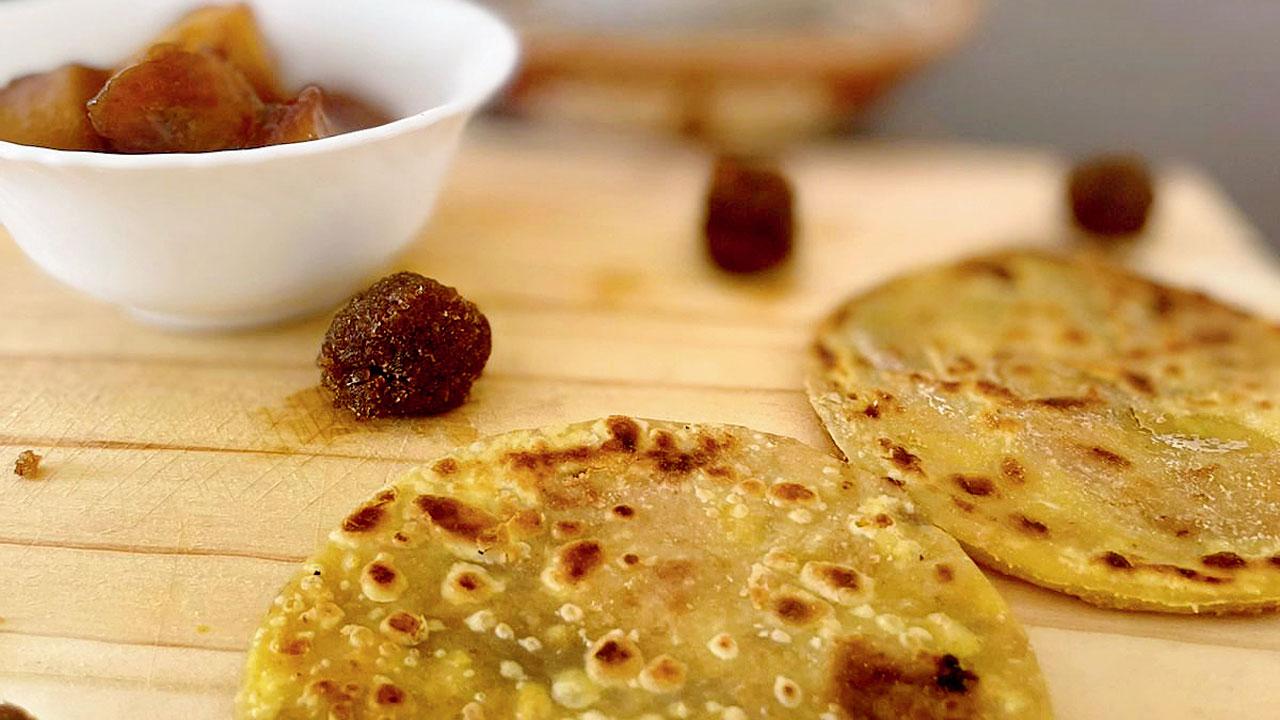
Chef Sarada Narayan says that the jaggery and coconut filling in boli, a Tamil Nadu sweet roti, can also be used for making modaks
Commonly, there are two traditional versions of obattu: a jaggery and chana dal-based one, and another that incorporates fresh grated coconut. “The dough is the same—all-purpose flour or maida. The chana dal doesn’t have to be cooked completely; it has to be boiled in a cooker until it gives off three whistles and then kept to cool before mixing in the jaggery and a bit of grated coconut. The fragrant flavour comes from a dash of elaichi. The coconut obattu follows a similar process,” she explains.
“When you are unmarried, a lot of elder folks in the family will ask you when are you going to treat them to an obbattu feast,” Nagesh laughs. “It is nothing but a nice way of asking, ‘When will you get married?’” Coconut and chana dal obbattus are omnipresent in south Karnataka, Nagesh adds. In the north, shenga holige, a version of obbattu that uses peanuts as filling is more easily found. Also called peanut poli, the dough can be either made of maida or wheat flour, and groundnuts are the star feature.
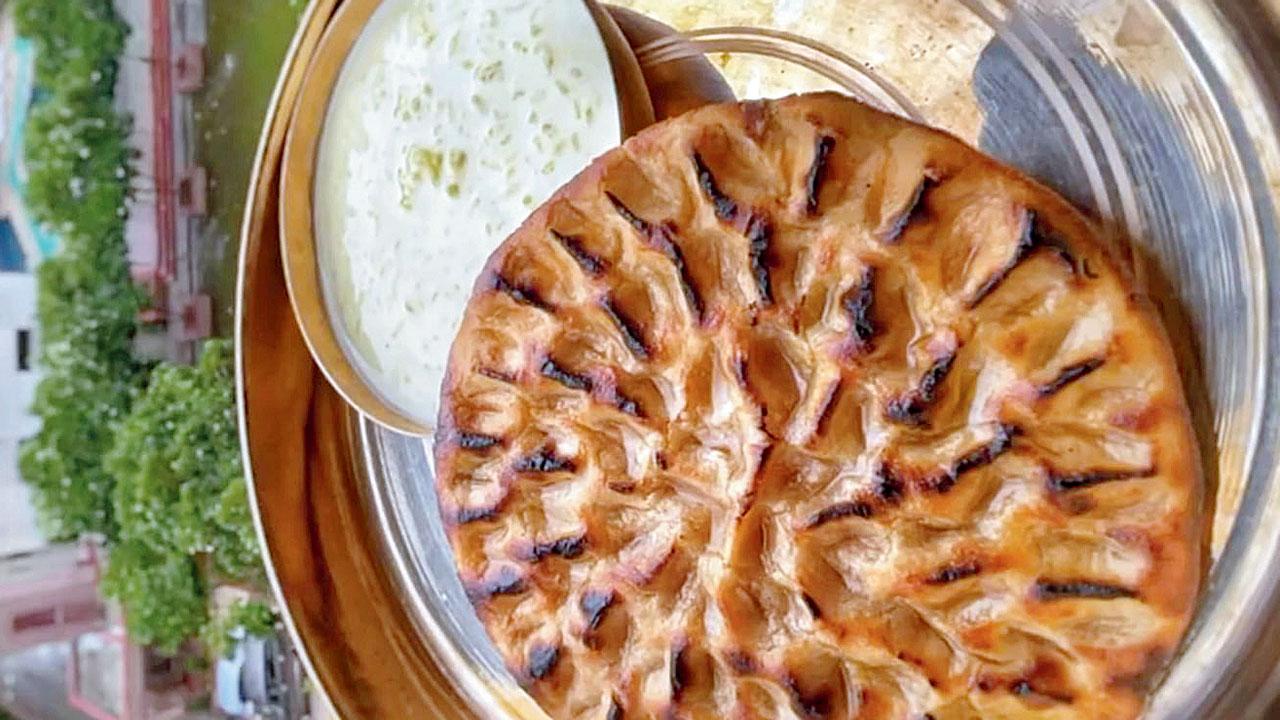
Khoba rotis, a Rajasthani staple, are consumed in two variants—sweet and savoury
Growing up in Tamil Nadu and Kerala, Sarada Narayan, the founder of South Side Mumbai explains the difference between obbattus and its sister versions found in Kerala and Tamil Nadu. “In Kerala, we make sweet chapatis called coconut rotis with grated coconut filling; they are also consumed in Sri Lanka. They are made with melted sugar and raw coconut, while the Tamil Nadu version called boli, is made with jaggery and coconut, with a little bit of cardamom powder.”
A Ganeshotsav speciality, the filling used to stuff bolis is also used to make modaks. Narayan shares a secret tip: Use coconut water to knead the dough. “It imparts a very natural, fresh taste to the outer covering to match the inner stuffing,” she explains. “We also make ghee at home and use it in such generous amounts that the boli is almost shallow-fried.
In fact, bolis belong to the family of snacky dishes [palaharams] eaten in Kerala and Tamil Nadu, and are consumed at weddings and during other festivities. The difference between obattu, boli and coconut rotis are their thickness. Obbattus are stuffed seamlessly and sparingly; it is almost like eating a plain roti. In Kerala or Tamil Nadu, however, the filling is heavy and the roti is thicker. When relishing bolis, you can feel the sweetness and creaminess of the jaggery swirling in your mouth.”
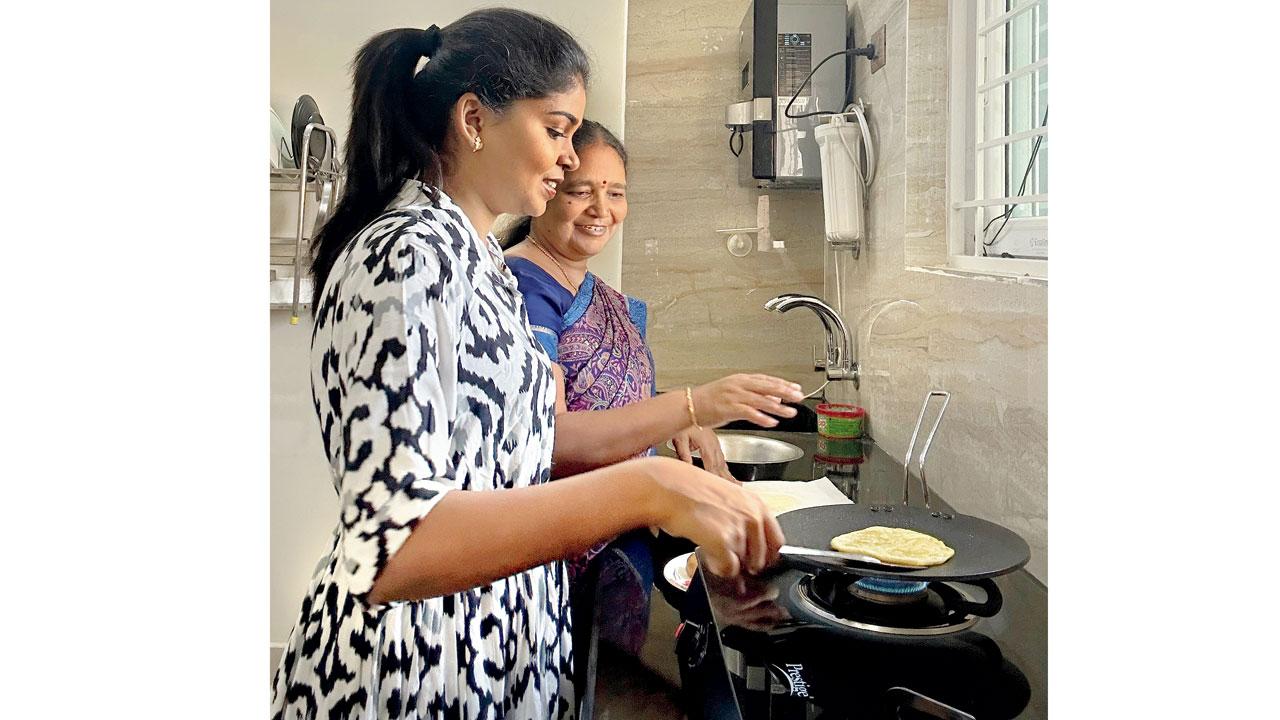
Rajani Nagesh reminisces about obbattu, which has been a core part of her childhood memories growing up in a South Indian household
In the Northeast, sweet chapatis take on a different form. Chef Alistair Lethorn from Nagaland introduces us to the kemenya roti, which is more of a street delicacy than a dish prepared in household kitchens. “Assam is most famous for consumption and preparation of this roti,” he tells us, “However, even in Nagaland, you will find many street vendors selling kemenya roti, topping it with powdered sugar.”
Kemenya roti is a chapati or puri made with white sticky rice that is soaked overnight, and then pounded and deep fried. The roti is flattened using the palms of the hands, and expertly levelled uniformally and shaped into a perfect circle. They are served with a generous sprinkling of powdered sugar or jaggery.
Arsa, a version of sweet chapati from Bihar and Jharkhand, is consumed frequently in the rural areas of the latter state, and is also served at weddings and other religious ceremonies with kheer or as shagun. A sweet puri made of rice flour, jaggery, ghee and sesame seeds, arsa also comes in a savoury version, dhuska, which uses chana dal and spices, and is a typical breakfast dish.
Home chef Monika Shah remembers eating arsas while sitting around an oil lamp in winter during power outages in her ancestral village. “My nani used to make this dish for us during winter because its ingredients provide heat to the body and are quite filling as well,” she says. “The sesame seeds and jaggery make this a staple winter delicacy.”
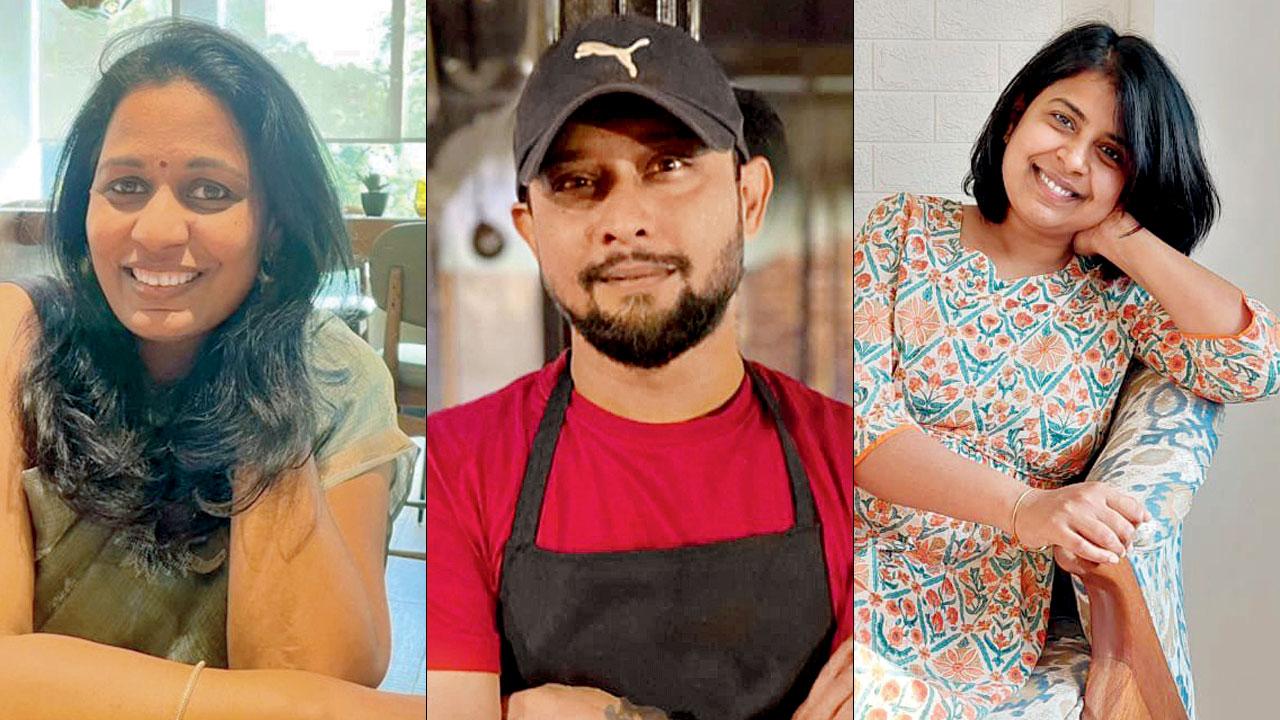
Surabhi Bhandari, Alistair Lethorn and Monika Shah
Gurugram-based home chef Surabhi Bhandari, who originally hails from Jodhpur, introduces us to khoba roti, a staple in Rajasthan with a notable presence in the northern states as well. “Made from whole wheat flour mixed with salt, ajwain seeds and ghee, the word khoba refers to the pinches made in the roti while it is being tossed on the pan, using one’s fingers as indents or a knife to create intricate patterns,” she explains. “It is mostly consumed during the winter months due to its satiating nature, along with dal baati. The sweet version is enjoyed with crushed jaggery and ghee on top.”
Bhandari’s fondest memories of the khoba roti are associated with her joint family. Consuming khoba was a ritual. “We would all sit on the floor together,” she says, drawing a picture for us, “An elderly member of the family would top the khoba roti with ghee and jaggery, and crumple it with their hands for us. Only then would we have it. To this day, my son refuses to eat the roti if my husband doesn’t crumple the roti for him. It is a food and soul connection.”
 Subscribe today by clicking the link and stay updated with the latest news!" Click here!
Subscribe today by clicking the link and stay updated with the latest news!" Click here!







